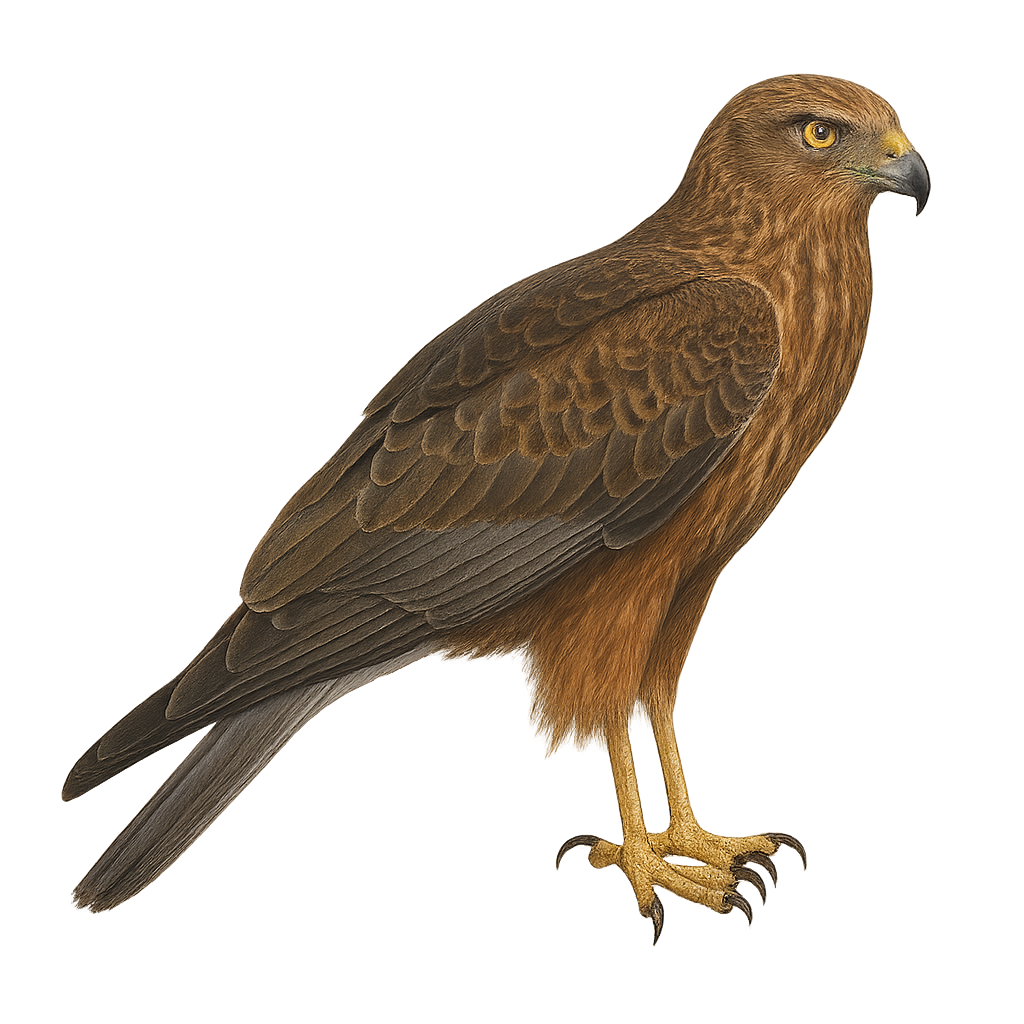Your wildlife photography guide.
Explore the swamp harrier in detail, study its behavior, prepare your shots.
Where to observe and photograph the swamp harrier in the wild
Learn where and when to spot the swamp harrier in the wild, how to identify the species based on distinctive features, and what natural environments it inhabits. The WildlifePhotographer app offers tailored photography tips that reflect the swamp harrier’s behavior, helping you capture better wildlife images. Explore the full species profile for key information including description, habitat, active periods, and approach techniques.
Swamp Harrier
Scientific name: Circus approximans

IUCN Status: Least Concern
Family: ACCIPITRIDAE
Group: Birds
Sensitivity to human approach: Suspicious
Minimum approach distance: 30 m
Courtship display: August to October
Incubation: 31-34 jours
Hatchings: September to November
Habitat:
Wetlands, marshes, grasslands
Activity period :
Primarily active during the day, with peak activity in the morning and late afternoon.
Identification and description:
The Swamp Harrier, or Circus approximans, is a medium-sized diurnal raptor commonly found in the wetlands of Australia and New Zealand. It is characterized by its dark brown plumage with lighter shades on the belly and wings. Adults boast an impressive wingspan of up to 1.2 meters. This opportunistic predator primarily feeds on small mammals, birds, and reptiles. It is often seen gliding over marshes and grasslands, using its keen eyesight to spot prey. Although generally solitary, it can be observed in small groups during migration. Its adaptability to various habitats makes it a resilient species, though wetland destruction may threaten some local populations.
Recommended lens:
400 mm – adjust based on distance, desired framing (portrait or habitat), and approach conditions.
Photography tips:
To photograph the Swamp Harrier, focus on wetland areas where it is most active. Use a 400mm or longer telephoto lens to capture detailed images without disturbing the bird. The best times to observe are early morning or late afternoon when the light is soft and activity is high. Be patient and discreet, as although suspicious, it may approach if you remain still. Take advantage of moments when it is gliding to capture in-flight shots, highlighting its wingspan and distinctive plumage.
The WildlifePhotographer App is coming soon!
Be the first to explore the best nature spots, track rutting seasons, log your observations, and observe more wildlife.
Already 1 431 wildlife lovers subscribed worldwide

